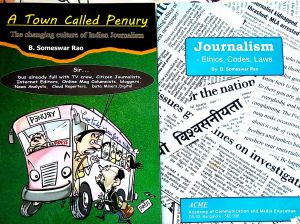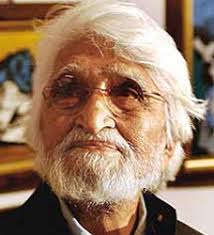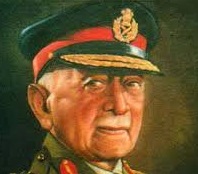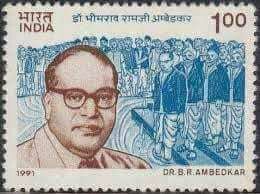
WHEN THE INDUSIND BANK (reportedly) came out this year with a calendar that had 31 days in February, instead of the normal 28 days, it made news. My efforts to get a copy failed as the calender must have become a collector’s item and the copies hoarded by whoever could lay hands on them.
Someone wanted to do better than that. Where else cold that have happened except in the scandal-ridden field of education?
No wonder that in this country of thousands of uneducated graduates and fake marks sheets, someone has outclassed the Indusind Bank by producing the marks card of a boy born on February 31, who attended classes on 376 days in a school that was open on 446 days in a year.
The marks card which went viral on social media may have been a joke inspired by Indusind Bank’s calender, but the prevalence of so many irregularities in the field of education makes people believe it could be real.
It is significant that it went around social media on a day when the University Grants Commission released a list of 24 fake universities in the country, eight of them in the national capital itself. The UGC said they were not only unrecognised but also started in violation of the Universities Act.
The list included United Nations University, Adhyatmik Vishvavidyalaya and Raja Arabic University. All big cities in the country have autonomous colleges which are “deemed universities”, besides private universities, some of which, like Amity, are considered better than the state-run universities. They are all legal.
We live in a country where education had always attracted racketeers because degrees, more than learning, has always been given greater importance. Question-paper leakages are common. Parents join large crowds to help unfair means in exams. Dummies write examinations while the actual candidates enjoy elsewhere. College lecture rooms are empty with all the students busy in tuition classes or coaching institutes while they all (perhaps for some consideration) get marked present for the mandatory 75 per cent attendance. In some States mass copying is arranged by the school administration itself.
Semi-literate ‘leaders’ with political clout start technical institutions and mint money by collecting ‘capitation fees’.Fake degree manufacture is a cottage industry. We proudly boast of Nalanda being the world’s oldest university and are a country which, besides the Greeks, has a goddess of Education – Saraswati.
In a central Indian city, in 1999, a University which was once considered one of the best and attracted thousands of students from the South, was “hit by a tsunami called fake mark-sheet and revaluation scam“. The kingpin was a former Vice Chancellor’s driver who rose to be an Assistant Registrar. Even today it is remembered by the name of its perpetrator, as ‘Yadav Kohchade scandal’.
The fall of Indian universities began with government interference in their policies and administration, “leaders” trying to “capture” the administrative bodies like the executive council, senate or university court through elections, and their becoming the refuge of failed politicians. Some had ‘acting’ vice-chancellors, often IPS officers, who had nothing to do with education.
Most of the official, statutory, universities – not just the fake ones – have outdated syllabi and are ill-equipped. Fake teachers appear only when inspection or accreditation committees come. Many have few teachers and are hotbeds of politics.
Almost all of them have journalism or mass communication courses, but there is no regulatory body (like AICTE for engineering colleges) overseeing the infrastructure and syllabi. There were no takers for my proposal to use the centenary of a great journalist, Sheobullah Khan in 2020, to set things right.
Where education has reached such great ‘heights‘. can journalism be far behind in the era of fake news?
Degrees are valued in India, not education.












 ‘Saffronized’ Ambedkar statue repainted original blue in UP
‘Saffronized’ Ambedkar statue repainted original blue in UP stamp issued during Congress rule also has the same full name.
stamp issued during Congress rule also has the same full name.

 Hannah Yale — leader of the schools Walkout against gun culture
Hannah Yale — leader of the schools Walkout against gun culture  Foothill Technology High School’s initiative against US gun shooting “epidemic”
Foothill Technology High School’s initiative against US gun shooting “epidemic” CJI Deepak Mishra – impeachment to suit vote-bank politics
CJI Deepak Mishra – impeachment to suit vote-bank politics